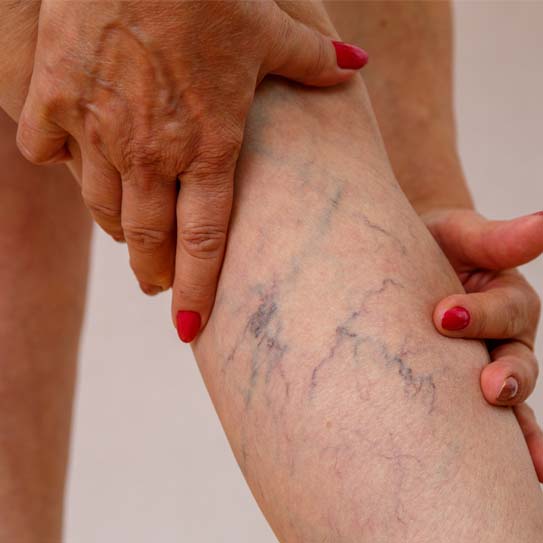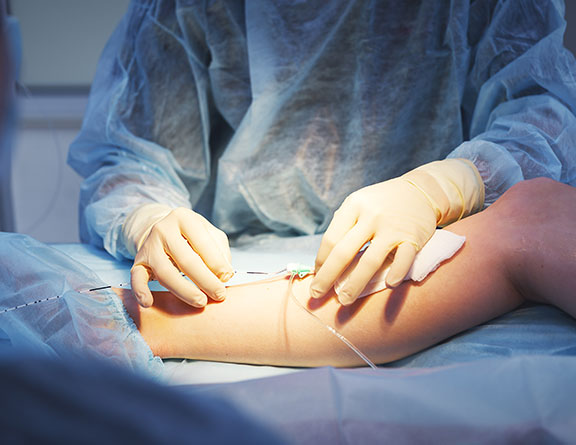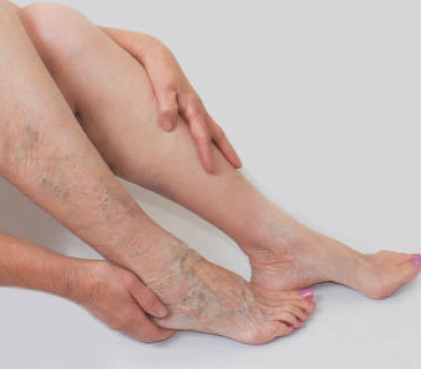
Diagnostic tests are often used to identify an enlarged prostate. The doctor evaluates the symptoms and offers a score that indicates how severe the problem is. The following are some diagnostic tests for an enlarged prostate:
ultrasonography of the prostate
blood test for prostate-specific antigen (PSA)
urine test for flow
24-hour voiding record for the postvoid residual volume test
Which medicine works best to treat an enlarged prostate?
The best prostate enlargement therapy includes laser and less invasive techniques. Although BPH's moderate symptoms can be managed with medication, surgical procedures are better for your long-term health. Advanced laser and minimally invasive techniques for treating an enlarged prostate have a high percentage of success, no side effects, very low possibilities of recurrence, and a quicker recovery. With your doctor, go through your medical history to find out whatever BPH treatment options are available locally.
Do medications work to treat enlarged prostates?
Medications are typically successful in treating modest enlarged prostate symptoms. Alpha-blockers and painkillers are two drugs that can help control the minor symptoms of an enlarged prostate. The severity of the ailment and the patient's overall health typically determine how successful a medication is.
How much does surgery for an enlarged prostate (BPH) cost in India?
The starting price for minimally invasive BPH surgery in India is typically Rs. 60,000. The price of a laser operation for BPH surgery often starts at Rs. 1 lakh. The ultimate cost of the procedure might change, though, depending on a number of variables. Get a price quote from us for enlarged prostate surgery close to you by calling.
What is the price of TURP operation in India?
The price of TURP surgery in India typically ranges from Rs. 70,000 to Rs. 1 lakh, depending on a number of variables such the facility and urologist that are chosen, as well as insurance coverage. To learn more about how much a TURP procedure would cost in India, get in contact with us.

Also known as endovenous laser treatment or EVLA, this is a minimally invasive ultrasound-guided procedure that involves the use of ultrasound images and laser fiber in order to kill the delicate lining of the veins. After a few days following the procedure, the body absorbs the dead tissues, closing off the abnormal veins with minimal or no discomfort. This is one of the most commonly preferred methods as it involves far fewer complications, and the recovery time, as well as the success rate of this method, is much faster and higher than that of any surgical process.

Also known as endovenous laser treatment or EVLA, this is a minimally invasive ultrasound-guided procedure that involves the use of ultrasound images and laser fiber in order to kill the delicate lining of the veins. After a few days following the procedure, the body absorbs the dead tissues, closing off the abnormal veins with minimal or no discomfort. This is one of the most commonly preferred methods as it involves far fewer complications, and the recovery time, as well as the success rate of this method, is much faster and higher than that of any surgical process.

Also known as endovenous laser treatment or EVLA, this is a minimally invasive ultrasound-guided procedure that involves the use of ultrasound images and laser fiber in order to kill the delicate lining of the veins. After a few days following the procedure, the body absorbs the dead tissues, closing off the abnormal veins with minimal or no discomfort. This is one of the most commonly preferred methods as it involves far fewer complications, and the recovery time, as well as the success rate of this method, is much faster and higher than that of any surgical process.